As digital pathways broaden, France’s online payment landscape transforms. The year 2023 marks notable evolution in transaction methods. Be it contactless card payments, instant bank transfers, Buy Now Pay Later (BNPL) schemes, or digital wallets, changes are evident. This article explores these online payment methods in depth. It highlights their adoption rates and market sizes. Also, it introduces the local actors propelling these shifts. The shift towards online commerce is significant. The e-commerce market in France is on a rise, with a projected turnover of €166 billion in 2023, a notable leap from €150 billion in 2022 (source). This growth underscores the increasing importance of online payment methods in facilitating a thriving e-commerce environment.
Payment by card in France
In the e-commerce landscape, card payments continue to be a predominant method in France. As of 2022, France recorded approximately 2.3 billion online transactions, marking a 6.5% increase from the previous year and a 30.7% rise compared to 20191. Although the exact figures for 2023 are not available, the continued growth in online transactions suggests a persistent trend. The ease and familiarity of card payments, coupled with the security features provided by local and international card networks, make this payment method a preferred choice among French online consumers. Local actors in the card payment sphere include CB (Carte Bancaire), which is a well-recognized card payment scheme in France, alongside international players like Visa and Mastercard.
Local actor: CB
Payment by bank transfer
In 2023, France sees a notable surge in e-commerce transactions facilitated through bank transfers and instant payments. Bank transfers remain a solid choice for high-value purchases in the online market, demonstrating a robust annual growth rate of 24.5%1. They resonate with 38.4% of French online shoppers, especially for significant purchases and monthly payment obligations2. Additionally, they are favored for global transactions3.
On the other hand, the emergence of instant payment, known as SEPA Instant Credit Transfer (SCT Inst), revolutionizes the payment landscape. Initiated in 2018, instant payments capture the attention of individuals and businesses alike4. They facilitate real-time euro transfers, making funds available in a payee’s account within ten seconds5. By February 2023, instant payments constitute 14.2% of all SEPA transfer transactions, hinting at their growing acceptance4.
Among the forefront of this innovation is BNP Paribas, the first French bank to deploy real-time mobile payment solution, Paylib. Progressively, it unfolds instant SEPA payments to its clientele, both in France and across Europe6. Moreover, a myriad of banks like Floa Bank, Bred, BPE, and others engage in this sector, enriching the bank transfer and instant payment ecosystem7.
Local actors:
for B2B, Fintecture,
Payment by installment and BNPL
In 2023, the landscape of e-commerce in France is significantly influenced by the advent of Buy Now, Pay Later (BNPL) payment methods. This model of payment, gaining traction rapidly, represents a market worth around €4.5 billion annually, with a projected growth rate of up to 40% by 2023 in the country1. Notably, local actors play a pivotal role in propelling this trend forward, catering to both B2C and emerging B2B sectors.
In the B2C domain, Alma emerges as a prominent BNPL service provider, offering flexible payment solutions that appeal to modern consumers. Similarly, Oney, with its expertise in fractional payment and BNPL solutions, has carved a niche for itself. Impressively, 1 in 3 fractional payments in France are facilitated through Oney’s platform. Pledg, another key player, is recognized by Banque de France and contributes to the thriving BNPL market that boosts e-commerce sales and customer loyalty2.
On the flip side, the B2B sector, though nascent, exhibits promising potential for the adoption of BNPL models. By 2024, anticipations suggest that the B2B market will skyrocket to surpass $1.1 trillion, opening avenues for innovative payment solutions. The collaborative venture between Allianz and Fintecture is a notable initiative aiming to revolutionize B2B payment processes through a tailored BNPL solution.
Moreover, established financial institutions like BNP Paribas and La Banque Postale have also ventured into the BNPL space, with respective subsidiaries FLOA and Django, showcasing the blend of traditional finance with modern payment innovation34.
Local actors:
for B2C, Alma, Cofidis, FloaPay, Oney, Franfinance, Cetelem
for B2B, Pledg
Payment by digital wallet and X-Pay
In 2023, the dynamics of e-commerce in France are increasingly intertwined with the proliferation of e-wallets or digital wallets. These digital vessels, acting as virtual money stores, are gaining traction, signaling a shift towards flexible, user-friendly payment mechanisms1.
Among the notable local e-wallets, Paylib stands out. Created by French banks, Paylib facilitates seamless online transactions without necessitating the input of banking details for each purchase2. This level of convenience, coupled with security, is pushing a fraction of French consumers towards e-wallets.
Similarly, E-Pay Space, a platform hosted in France, broadens the e-wallet spectrum. It caters to KYC & KYB requirements, fraud management, and compliance analysis, illustrating a multifaceted approach to e-wallet functionalities3.
On another front, Captain Wallet, although not a traditional e-wallet, contributes to the digital wallet narrative by offering mobile wallet applications. These applications ease the storage and management of credit cards digitally, aligning with the essence of e-wallets4.
On another side, Lyf, backed by BNP Paribas and Crédit Mutuel, provides a comprehensive payment and loyalty solution1. It boasts over 3.5 million accounts, indicating a growing user base2. Similarly, Lydia, evolving from a simple payment solution to a neobank, offers a myriad of financial services3. With over a million users, it’s carving a substantial footprint in the mobile payment landscape4.
However, the road to e-wallet ubiquity faces hurdles. A study reveals a modest 13% of respondents favor replacing traditional bank cards with e-wallets for all purchases, reflecting a cautious approach towards fully embracing this digital shift5.
The market scenario in 2023 also mirrors a broader European trend where e-wallets accounted for 26.7% of online transaction value in 2021, with projections indicating a rise up to 30% by 20246.
To conclude, the prominence of international e-wallets like PayPal cannot be overlooked. On the global front, Apple Pay became the most popular mobile payment solution in France due to its extensive compatibility with local banks5. It facilitates easy transactions on platforms like Leboncoin, showcasing its versatility6.
Local actors: Paylib, Lydia, Lyf
Do payment methods in France interest you?
Do you want more? Access to the #PayWorldTour library
















